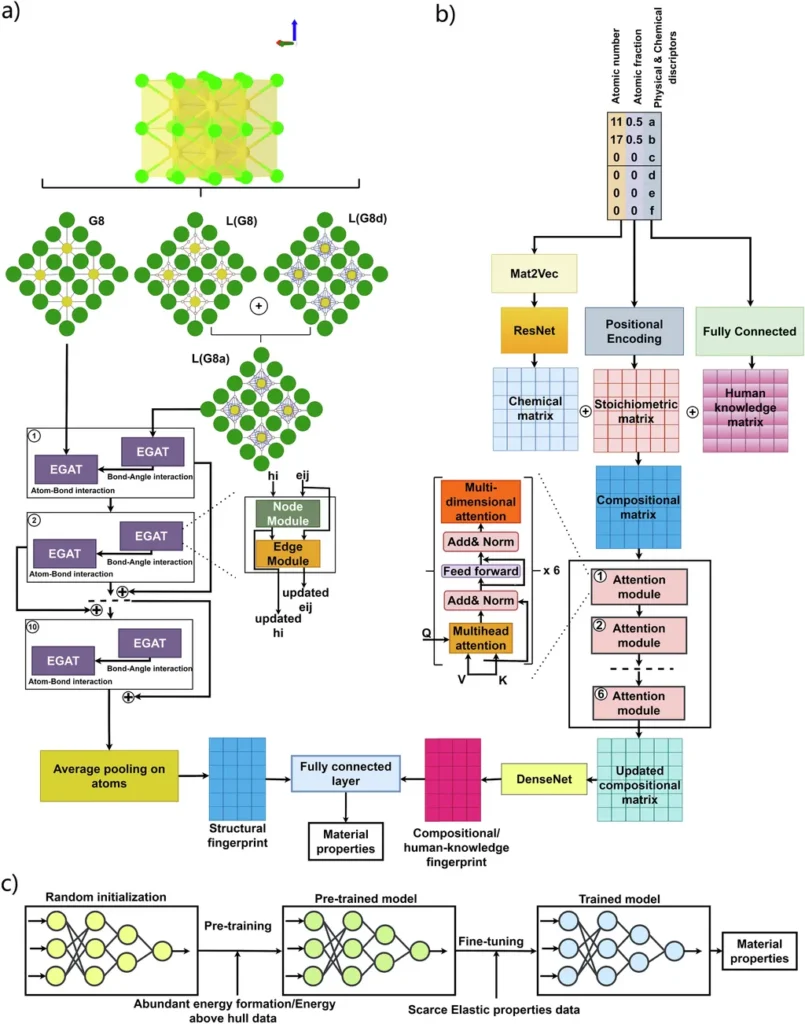In the quest for more efficient and sustainable energy storage, researchers are turning to advanced machine learning techniques to accelerate the discovery of new battery materials. A recent study published in the journal *Energies* (translated to English from the original) presents a novel approach using Transformer models to predict the average voltage of battery electrodes, potentially revolutionizing how we develop and deploy energy storage technologies.
Batteries are the backbone of modern energy systems, powering everything from electric vehicles to portable electronics. However, the traditional methods of testing and developing new battery chemistries are time-consuming and resource-intensive. “The traditional approach of examining each material combination individually is not feasible for large-scale research due to the significant resources and financial investment required,” explains Mary Vinolisha Antony Dhason, lead author of the study and a researcher at the Department of Electrical and Computer Engineering at Tennessee Technological University.
To address these challenges, Dhason and her team turned to machine learning, specifically Transformer models, which are known for their ability to capture complex dependencies and relationships in data. “Transformers have shown great promise in various fields, and we saw an opportunity to adapt them for tabular data and regression tasks in battery research,” Dhason notes.
The researchers trained their model on data from the Materials Project database, achieving impressive results. The model demonstrated strong predictive performance, with lower mean absolute error (MAE) and mean squared error (MSE), and higher R2 values, indicating high accuracy in voltage prediction. “Our model not only performed well on common ions but also significantly improved accuracy on rare-ion systems, such as Rb and Y, through sample-wise loss weighting,” Dhason adds.
One of the standout features of this research is the use of SHAP-based feature attribution to interpret model predictions. This approach revealed that gravimetric energy and capacity dominate prediction influence, with architecture-specific differences in learned feature importance. “Understanding the key factors that influence voltage prediction can guide researchers in designing more efficient and stable battery materials,” Dhason explains.
The implications of this research are far-reaching for the energy sector. By accelerating the discovery of advanced materials for sustainable energy storage, this work could pave the way for more efficient and cost-effective batteries. “The potential of Transformer architectures in battery research is immense,” Dhason concludes. “We believe this approach can significantly speed up the development of next-generation batteries, benefiting industries and consumers alike.”
As the demand for sustainable energy solutions continues to grow, innovations like this one are crucial. The study highlights the transformative potential of machine learning in energy research, offering a glimpse into a future where advanced technologies drive the development of cleaner, more efficient energy storage systems.

